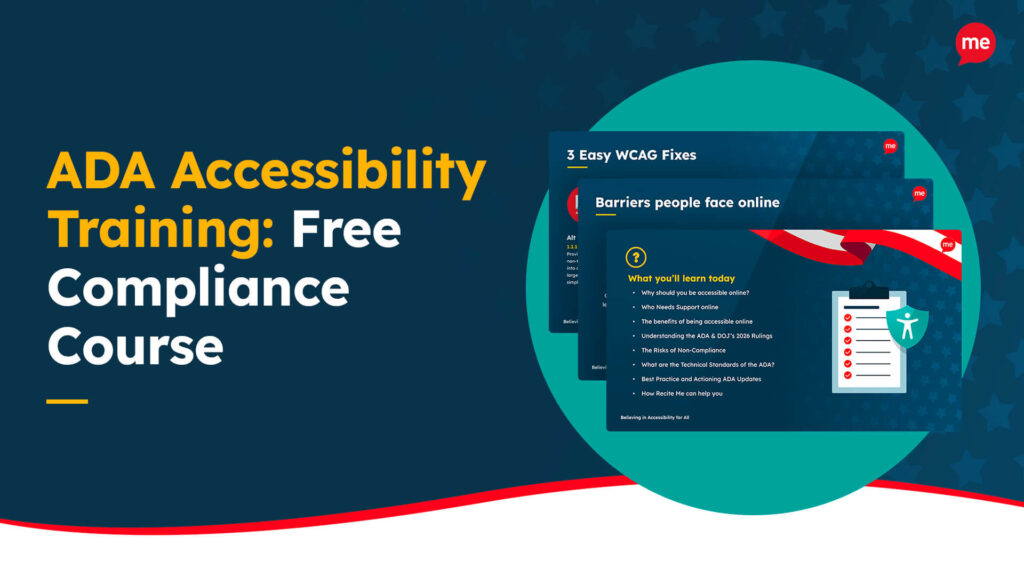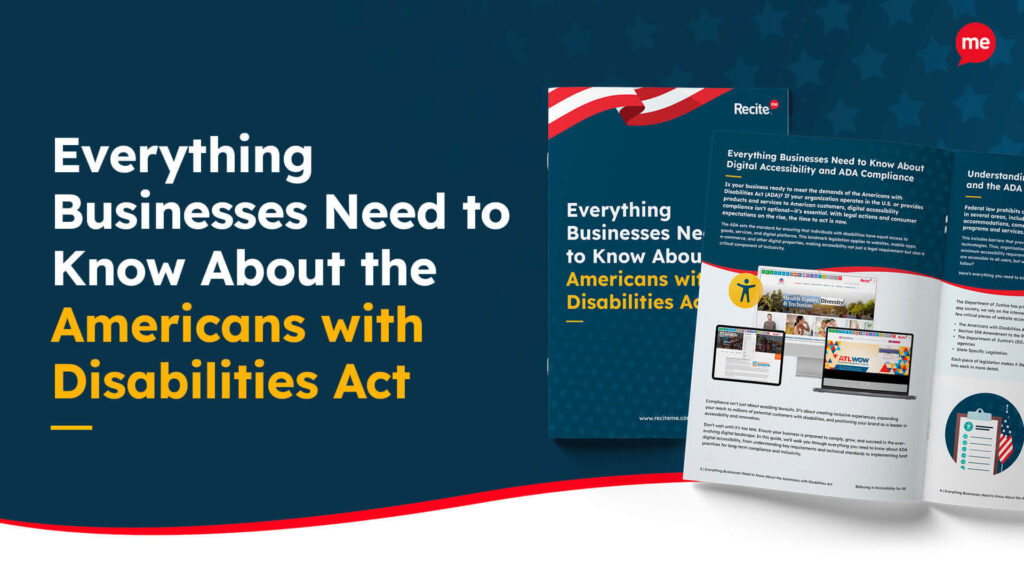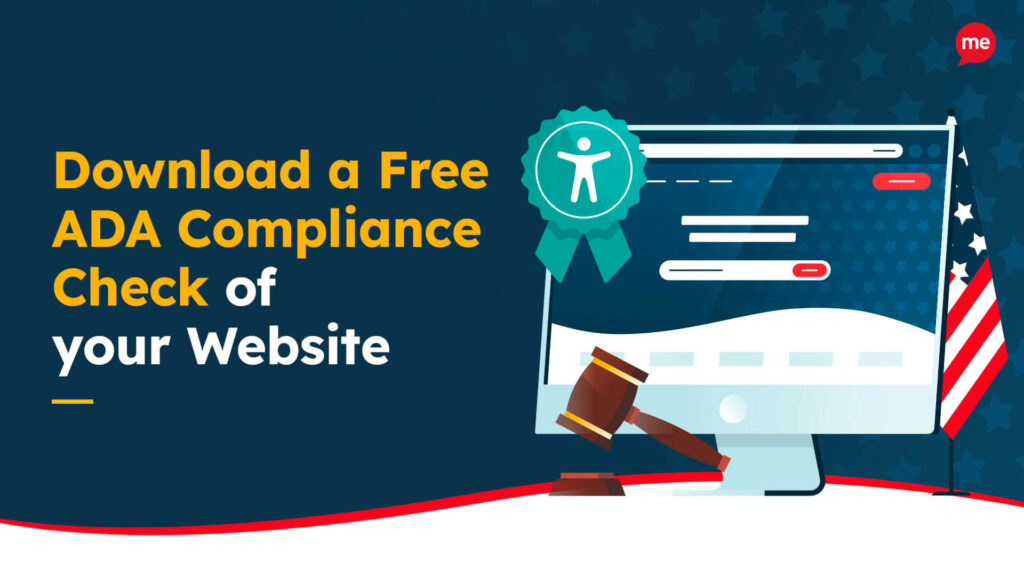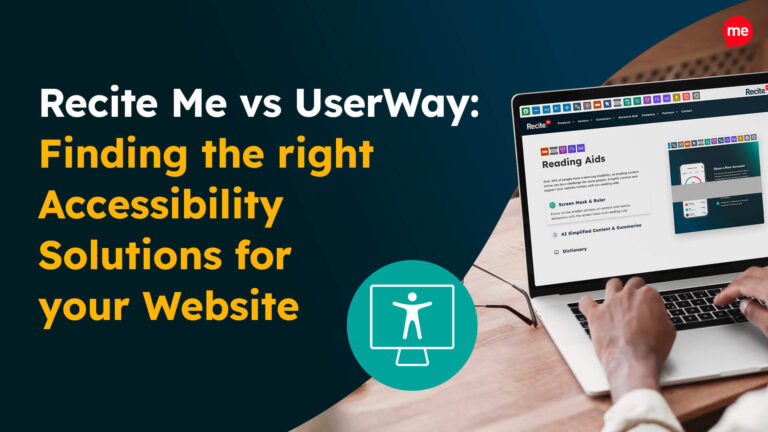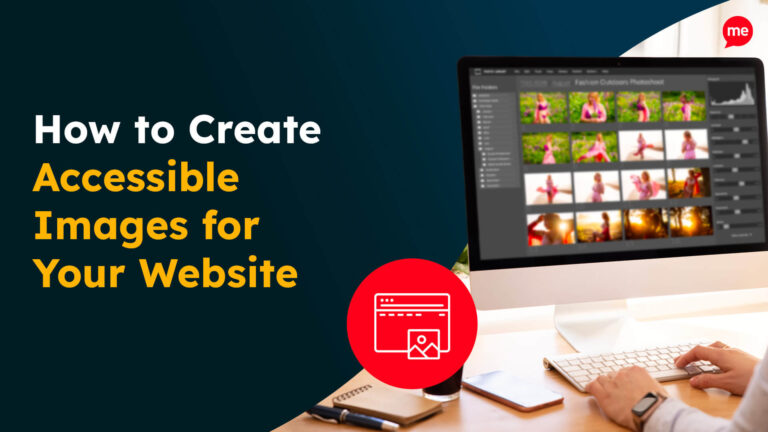Get A Free ADA Compliance Audit Of Your Website
Download NowIf you run a business-to-business (B2B) company, you might assume the Americans with Disabilities Act (ADA) doesn’t apply to you, but that assumption can be costly. While most headlines about digital accessibility focus on lawsuits involving big retailers, banks, or consumer brands, B2B organizations aren’t off the hook. Accessibility still matters, whether you’re offering enterprise software, managing internal systems, or supporting client-facing platforms. In this guide, we’ll break down why ADA compliance is just as important in the B2B world.
What is the Americans with Disabilities Act (ADA)?
Enacted in 1990, the Americans with Disabilities Act (ADA) is a law that prohibits discrimination against individuals with disabilities in all areas of public life. Its goal is to ensure that people with disabilities (one in four Americans) have the same rights and opportunities as everyone else.
The Act is broken into five major titles:
- Title I: Employment
- Title II: State and local government services
- Title III: Public accommodations
- Title IV: Telecommunications
- Title V: Miscellaneous provisions
While the law doesn’t specifically call out digital spaces, courts and the Department of Justice have increasingly interpreted websites, software platforms, and other digital tools as extensions of Title III: public accommodations.
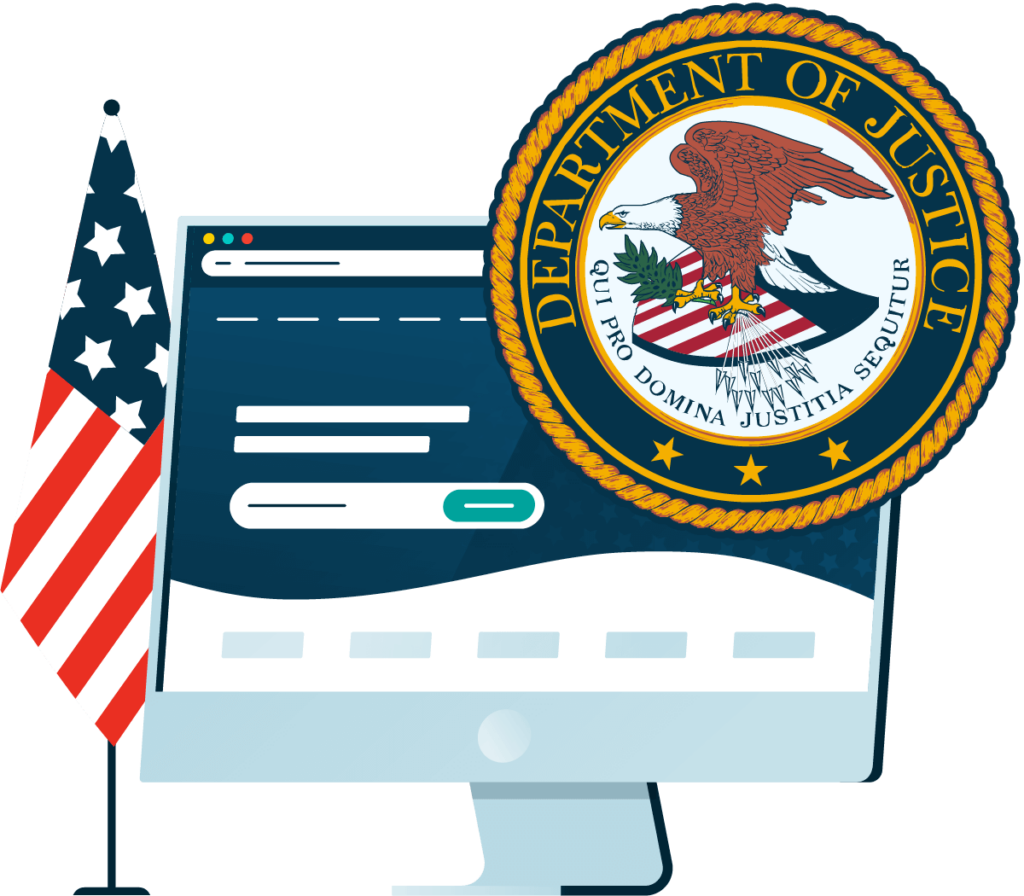
How does the Americans with Disabilities Act impact B2B organizations
The ADA doesn’t explicitly make a distinction between B2B and B2C (business-to-consumer) organizations. Instead, it depends on what your business does, who it serves, and how it operates. Here’s how the ADA may affect B2B organizations:
Public-facing digital platforms
Even if your primary customers are other businesses, any part of your digital presence that is accessible to the general public could be classified as a “place of public accommodation” under Title III of the ADA.
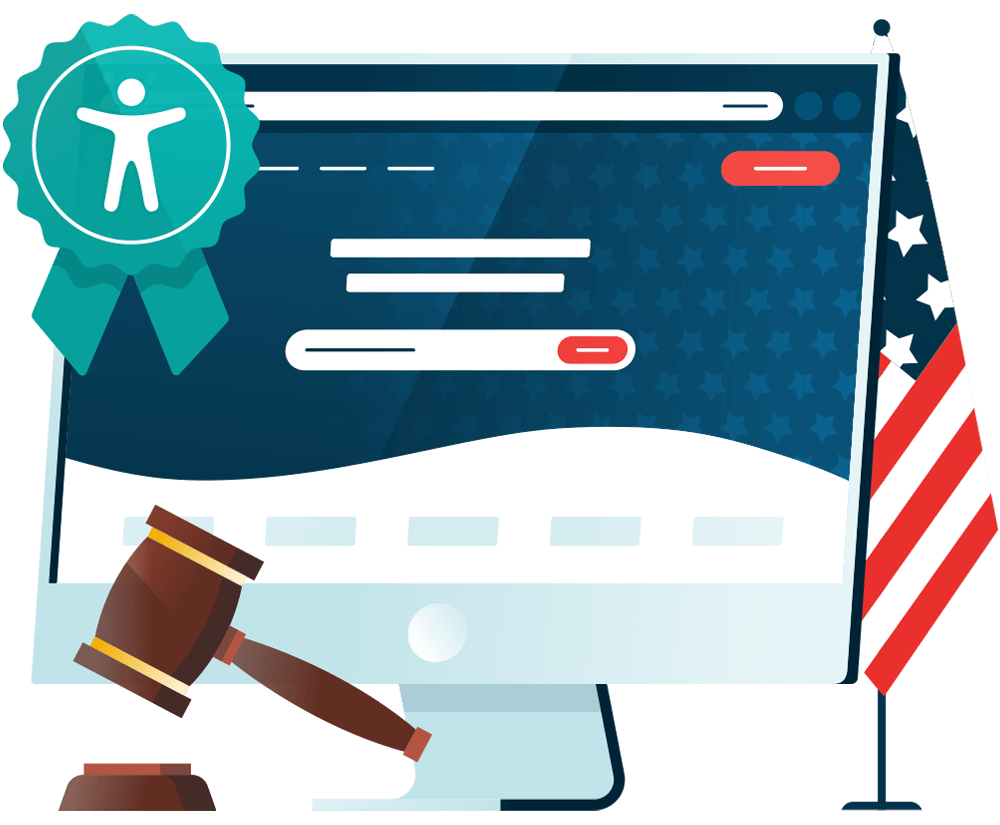
This includes:
- Marketing websites promoting your services
- Login portals or SaaS dashboards used by clients or prospects
- Online demos, documentation, or support resources
If these digital assets are not accessible, they may expose your business to legal risk. For example, if they don’t work with screen readers, lack keyboard navigation, or use low-contrast text. Courts have increasingly interpreted websites and apps as falling under ADA requirements, especially when they play a role in customer acquisition or service delivery.
Indirect liability from client requirements
Many B2B companies serve sectors that are heavily regulated, such as education, healthcare, and government. These clients often require that vendors meet strict digital accessibility standards, even if the ADA doesn’t directly apply. If your B2B company provides services or platforms to these sectors, you may be required to demonstrate ADA compliance as a condition of doing business.
Want to make sure your website is compliant with the Americans with Disabilities Act? Then unlock the ADA compliance checklist now. Discover actionable steps to ensure ADA compliance, helping you avoid lawsuits and any other negative consequences of non-compliance.
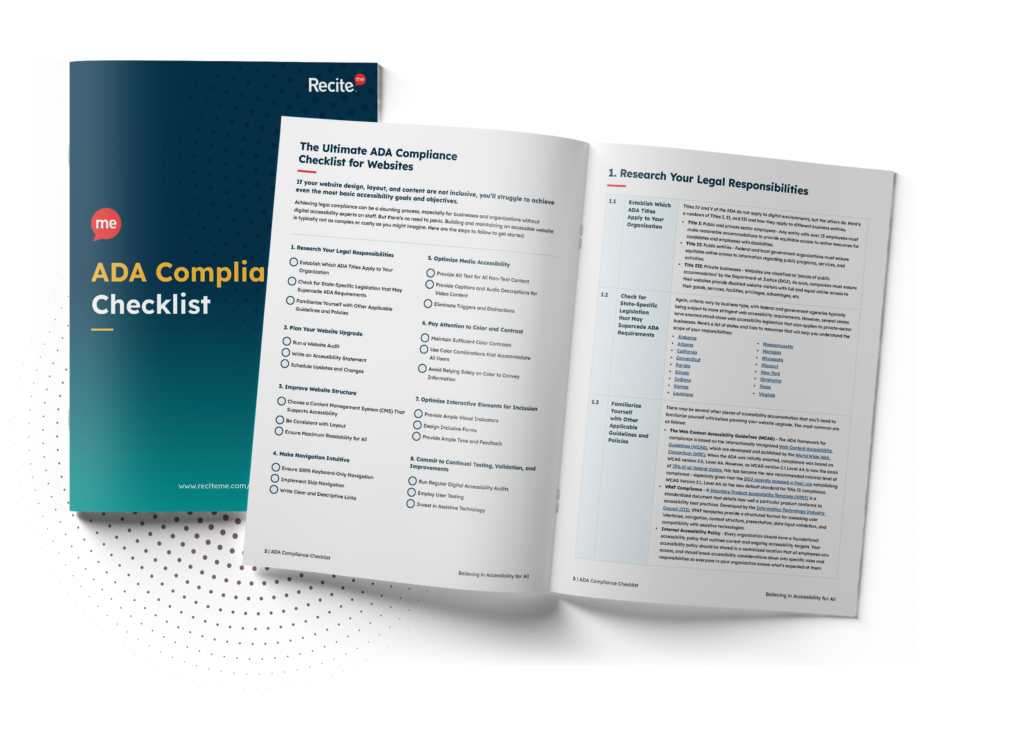
Why it’s important for business to business organizations to get ADA compliant
Now that it’s clear ADA compliance applies to B2B organizations, you might be wondering what’s at stake. Non-compliance can lead to serious consequences, from legal risks and damaged brand reputation to lost procurement opportunities, limited audience reach, and poor user experiences. Let’s take a closer look at the key impacts:
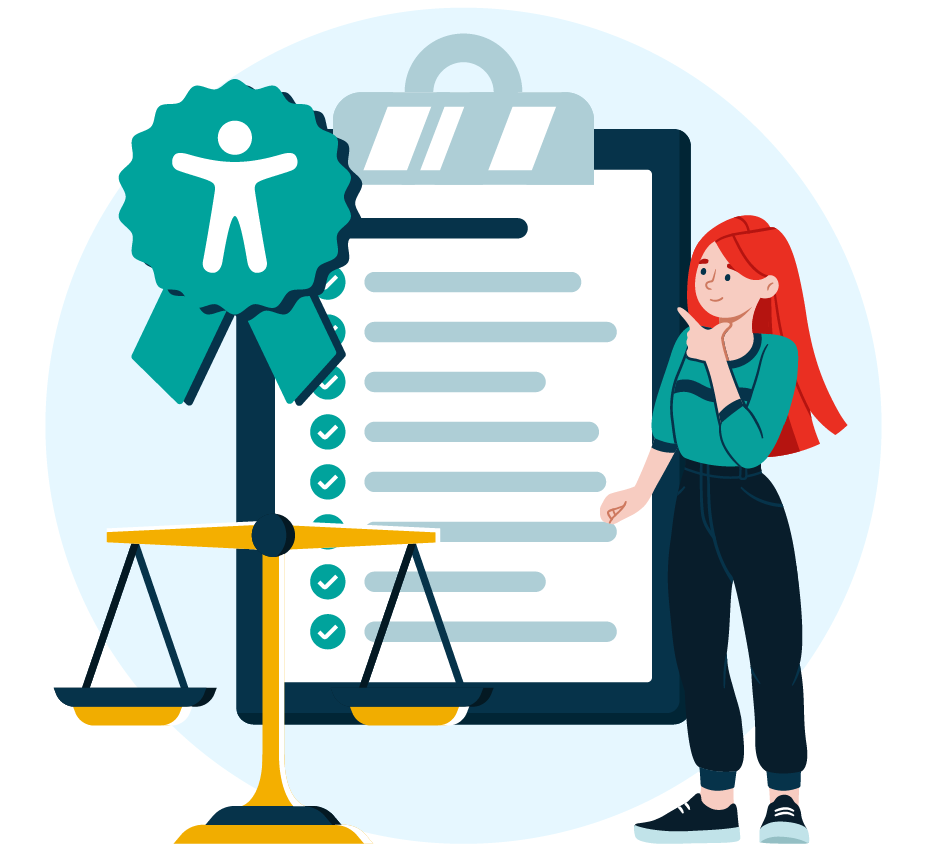
Mitigate legal risk
While the ADA may not explicitly target B2B software products, virtually every business operates a website or digital platform. If your website, client portal, or digital tool is public-facing or used by employees, it could fall under ADA scrutiny.
As legal pressure around accessibility continues to mount, the financial and reputational risks of non-compliance are increasing. B2B companies that fail to meet accessibility standards may face ADA compliance lawsuits, demand letters, or even contract cancellations. Proactively aligning your digital infrastructure with ADA and WCAG guidelines is a practical way to protect your business from costly legal consequences.
Client requirements and procurement
For B2B organizations, digital accessibility can be a decisive factor in winning or losing business. Large enterprises, government agencies, educational institutions, and healthcare organizations often have strict accessibility requirements built into their procurement processes. Increasingly, accessibility is not a bonus, it’s a baseline expectation. If your software, tools, or digital services fail to meet ADA standards, you risk being disqualified from high-value contracts or removed from consideration entirely.
Furthermore, being ADA compliant positions your company as a more attractive vendor. Many organizations prioritize accessibility when evaluating potential partners, especially those that are consumer-facing or regulated by strict compliance standards. For example, a corporation with firm accessibility policies is far more likely to choose a SaaS provider that has demonstrated digital inclusivity over one that hasn’t.
Brand reputation & trustworthiness
Accessibility is a reflection of your company’s values. B2B organizations that prioritize digital inclusivity are often seen as ethical, forward-thinking, and people-centric. In contrast, companies that neglect accessibility risk being perceived as outdated or indifferent to the needs of others. In today’s socially conscious business environment, where trust and corporate responsibility play a key role in decision-making, this perception can significantly influence buying decisions and partnerships.

Reach a wider audience
Accessibility doesn’t just benefit people with permanent disabilities. It also supports users with temporary impairments (like a broken arm), situational limitations (like using a phone in bright sunlight), or aging-related challenges (such as declining vision or motor skills). Making your platforms usable for all types of people means you’re not unintentionally excluding valuable business users. This broader reach can lead to increased usage, better customer retention, and more diverse business opportunities.
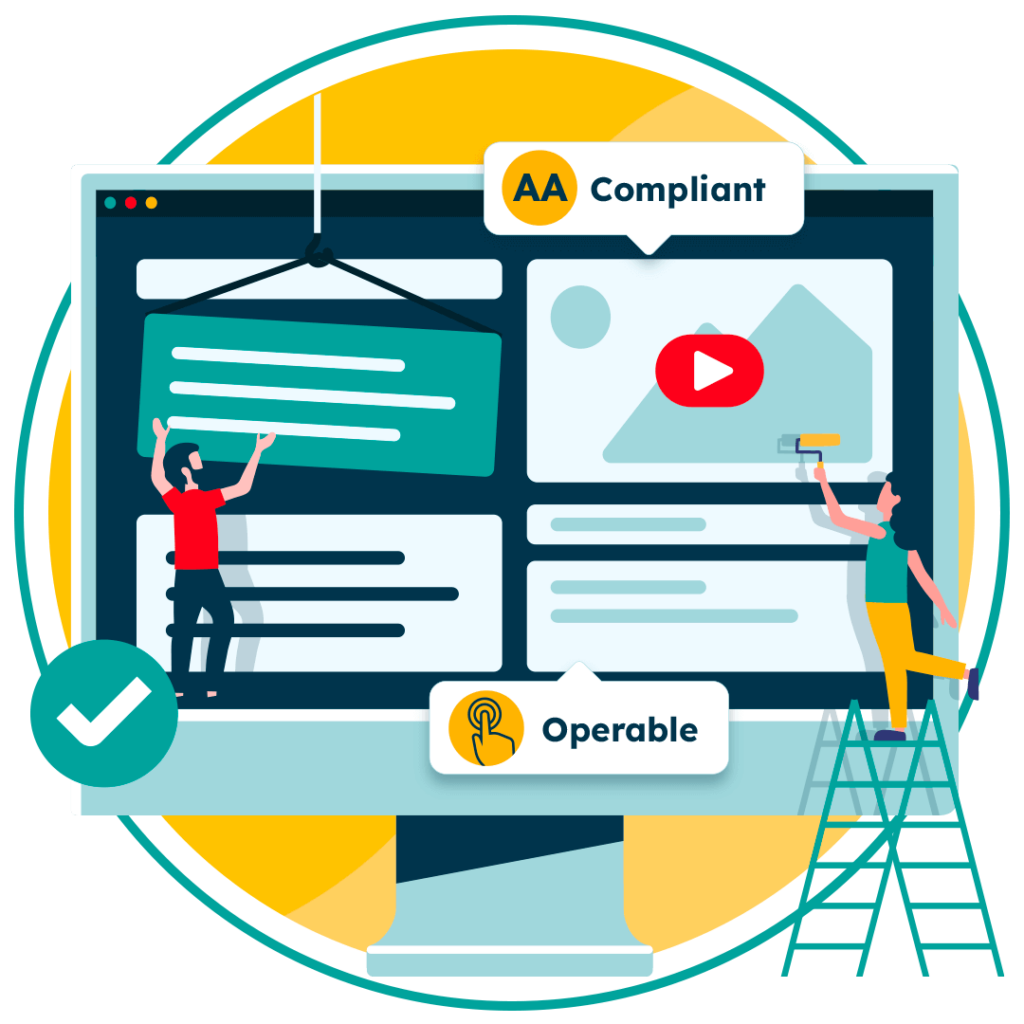
Improve user experience
Designing with accessibility in mind often results in a cleaner, more efficient, and more user-friendly experience for everyone. Features such as intuitive navigation, non-compliant color contrast, and support for voice commands or keyboard-only navigation enhance usability across the board. In the B2B space, where productivity and clarity are key, these improvements can directly improve user satisfaction, reduce friction, and lower the burden on support teams.
Beyond client-facing platforms, many companies focused on Diversity, Equity, and Inclusion (DEI) are also turning their attention inward and demanding equitable digital experiences for their employees as well. This means that employee-facing systems, such as intranets, HR platforms, or internal tools provided by third parties, must also meet accessibility standards. As DEI commitments grow stronger, organizations are increasingly aligning themselves with vendors who offer accessible digital products and cutting ties with those who don’t.
What are some ADA requirements B2B organizations should assess?
ADA compliance involves more than just ticking legal boxes. It’s about creating inclusive experiences across all digital and communication channels. For B2B organizations, here are the key areas that should be prioritized during an accessibility assessment:
Accessible websites and digital services
Your company website and digital tools, whether they’re client portals, dashboards, SaaS platforms, or even marketing sites, must be accessible to users with disabilities.
This means aligning with the Web Content Accessibility Guidelines (WCAG) 2.1 Level AA, which include:
- Text alternatives for images (alt text)
- Logical navigation using keyboard only
- Sufficient color contrast between text and background
- Form fields with labels that screen readers can interpret
- Clear, consistent layouts and headings.
Even if your tools are behind a login or only used by business clients, they can still fall under ADA expectations if they’re publicly accessible or used by employees.
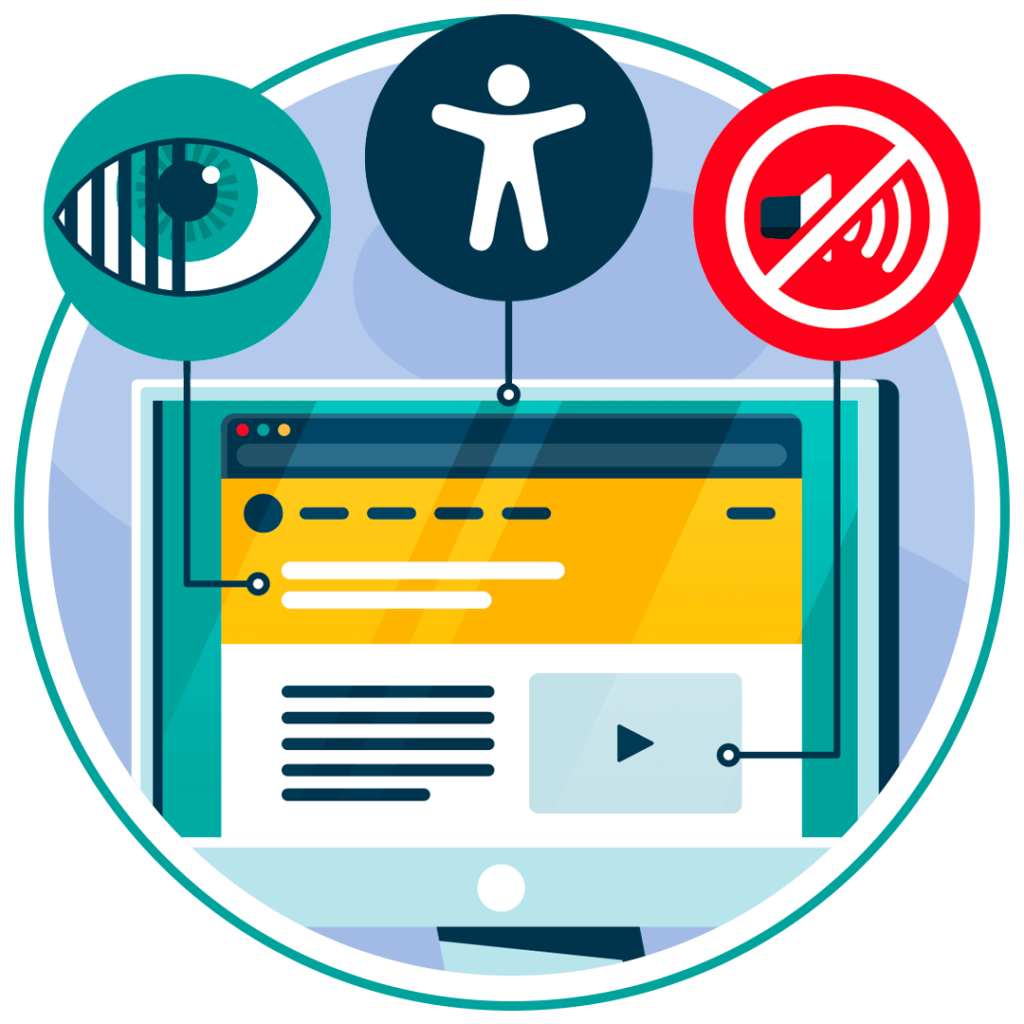
Create accessible PDFs and documentation
Most B2B organizations rely heavily on digital documents for employment, training or customer interactions. This means you’ll need these documents to be accessible, whether it be product manuals, sales decks, contracts, onboarding guides, technical whitepapers, or training materials. Here are some key practices to create accessible PDFs and documentation:
- Use tagged PDFs with proper reading order
- Include alt text for images or graphics
- Ensure documents are fully navigable by screen readers
- Avoid scanned image-only documents, which are unreadable for many assistive technologies.
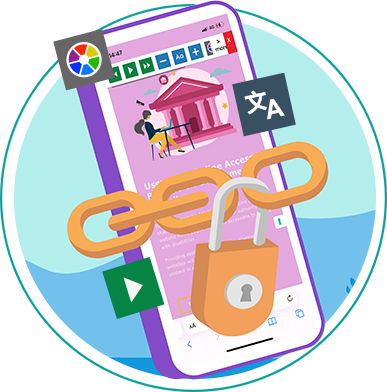
Providing strong mobile accessibility
Many B2B users access business tools on their phones and tablets. If your mobile apps or responsive websites aren’t accessible, you’re excluding a portion of your user base. ADA compliance means ensuring:
- Touch targets are large enough for users with motor impairments
- Content displays properly on smaller screens
- All interactive elements (like buttons and forms) are usable by assistive technologies
- Screen reader compatibility for both iOS and Android platforms.
Ensuring accessible support options
Customer support is another key area where accessibility needs to be built in. ADA compliance requires that users with disabilities can communicate with your team just as effectively as any other customer. This might involve:
- Offering support via multiple channels (live chat, phone, email)
- Ensuring chatbots or help forms are screen-reader compatible
- Providing alternative formats for support materials (e.g. audio or large print)
- Training support teams to assist users with accessibility needs respectfully and effectively.
Get a free automated ADA compliance audit of your website. This audit will highlight compliance violations and provide the recommendations needed to meet ADA compliance standards.
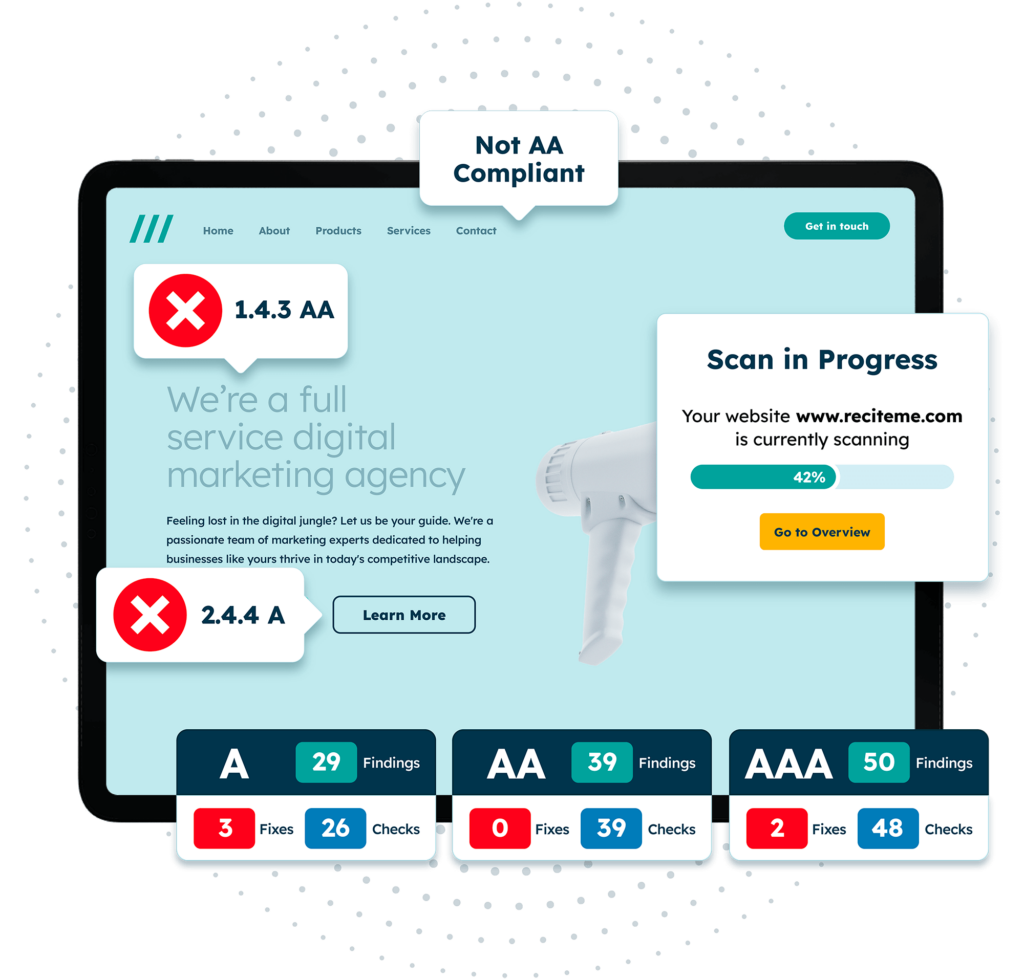
Take the first step toward B2B Americans with Disabilities Act Compliance
Making your business more accessible doesn’t have to be overwhelming. Think of accessibility as a continuous process rather than a one-time project.
1. Run a free ADA accessibility audit of your website
Start your compliance journey with a free accessibility check of your website. An accessibility checker can quickly highlight issues like:
- Missing alt text
- Low color contrast
- Poor heading structure
- Unlabeled form fields
- Keyboard navigation problems
While these tools don’t catch everything, they provide a solid starting point and help you identify the most obvious compliance gaps.
2. Action recommendations from audit in accordance with WCAG 2.1 level AA
Once you’ve completed your website audit, review the results and begin making changes based on the WCAG best practices to achieve ADA compliance. Key requirements include:
- Text alternatives for non-text content like images and icons
- Keyboard accessibility for all interactive components
- Consistent navigation and clear structure using headings and landmarks
- Readable content, including sufficient color contrast and resizable text
- Error identification and suggestions for form submissions
Start with your most valued pages, this can include high-traffic pages, revenue-generating pages, or anything used in procurement processes. If you have developers or designers in-house, ensure they reference WCAG directly when applying changes.
3. Schedule future audits to maintain compliance long-term
Accessibility isn’t a one-time project, it’s an ongoing responsibility. Regular audits are essential to maintaining compliance over time, especially as your content and digital infrastructure evolve. Best practices include:
- Quarterly scans of core websites
- Accessibility checks after every major update or redesign
- Automated monitoring using tools integrated into your CI/CD pipeline or CMS

Also consider conducting manual user testing to catch issues that automated tools miss. By making regular audits part of your process, you can ensure your accessibility stays aligned with ongoing website and product updates.
4. Provide training to employees
Achieving and maintaining ADA compliance requires key contributors in your organization to have an understanding of the rules. Everyone involved in building, managing, or communicating about your products or services should receive basic accessibility training.

This includes:
- Developers learning to code with accessibility in mind (Using semantic HTML, ARIA roles correctly)
- Designers understanding how to create accessible interfaces (Contrast ratios, button size, focus states, etc.)
- Content writers learning to structure content for screen readers and avoid vague CTAs.
- Customer support being equipped to assist users with disabilities across various communication channels
You can offer in-house sessions, use online courses like the free Recite Me ADA compliance training, or bring in a consultant to lead workshops. The goal is to make accessibility second nature within your company culture.
Conclusion: Get your business ready for ADA compliance
ADA compliance isn’t just about checking a legal box, it’s a strategic investment in your business. By making your digital tools and services accessible, you’re not only reducing legal risk but also expanding your reach, building trust with clients, and improving the experience for all users.
Taking the first step doesn’t have to be overwhelming. Start by requesting a free ADA accessibility audit of your website. You can also reach out and speak to one of our accessibility experts to see how we can help in your journey to compliance. These proactive efforts can protect your business from potential legal action or lost contracts, and open the door to new client opportunities.
Need more help becoming ADA compliant?
The following resources are packed full of actionable tips and expert advice for making your digital content compliant with the Americans with Disabilities Act:
Free ADA Accessibility Training
Take the first step to ADA compliance by completing our training course.
Free ADA Accessibility Guide
Ensure your organization is meeting the requirements for ADA compliance.

